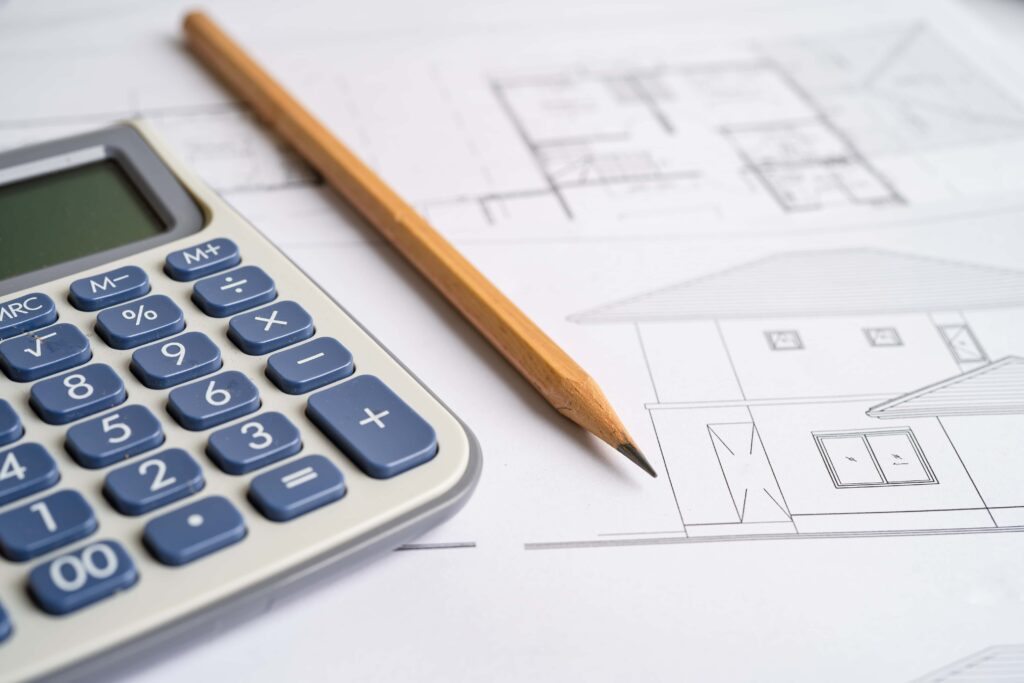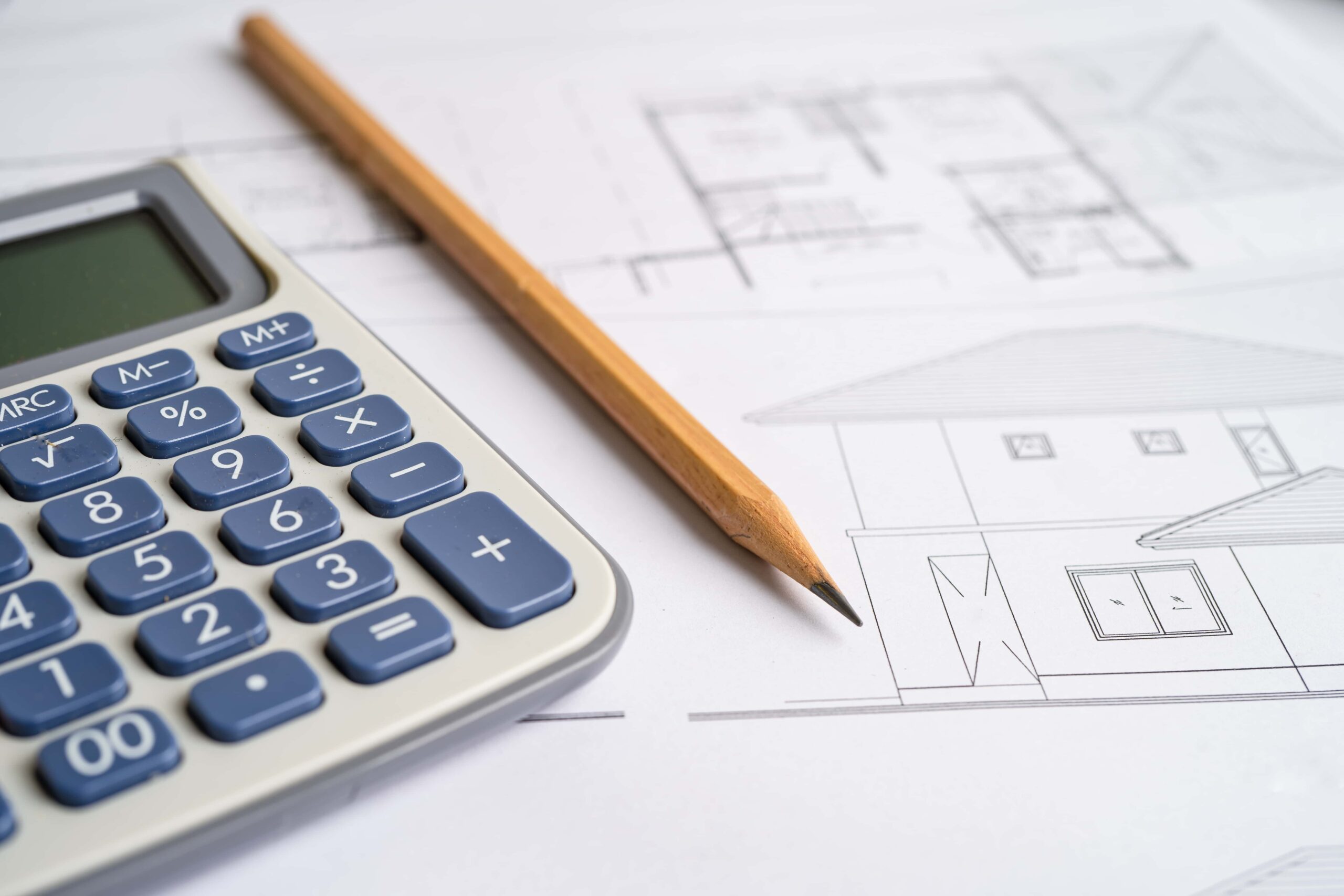
In the competitive construction environment of New York City, cost and estimation are at the heart of every successful project. Whether working on public infrastructure, commercial developments, or residential upgrades, having a reliable estimation strategy allows contractors and owners to align financial expectations with reality. At True Bid Data, we focus on transforming cost and estimation into data-backed insights that guide decision-making, reduce risks, and strengthen project delivery.
The Strategic Importance of Cost and Estimation in NYC
Every construction project in New York City comes with its own complexities. Tight deadlines, regulatory approvals, high labour costs, and logistical challenges make accurate cost and estimation indispensable. A detailed estimation process ensures that all stakeholders—from architects to subcontractors—can move forward with confidence.
When a project budget is rooted in sound analysis, teams are better prepared to manage uncertainties, forecast cash flow, and avoid disputes. In essence, cost and estimation form the foundation upon which project trust and collaboration are built.
Breaking Down Cost and Estimation Components
To achieve clarity in estimation, projects must separate costs into structured categories:
- Materials – Prices of steel, masonry, roofing, and mechanical systems vary across New York City suppliers. Even delivery and storage fees must be factored in.
- Labour – Prevailing wage laws, union agreements, and non-union rates in NYC shape labour projections significantly. Accurate labour estimation helps avoid budget overruns.
- Overheads and General Conditions – Site logistics, insurance, permits, and compliance requirements add substantial costs, often overlooked if not tracked carefully.
A comprehensive cost and estimation model helps stakeholders understand where every dollar is allocated, eliminating blind spots in project planning.
Data-Driven Approaches to Cost and Estimation
Historically, estimators relied on past project records and general averages. Today, New York City demands a far more precise approach. True Bid Data emphasizes data-driven methodologies that integrate:
- Market Analytics – Monitoring fluctuations in material pricing across boroughs.
- Historical Benchmarks – Using completed NYC projects to validate projections.
- Labour Analytics – Evaluating updated union and non-union wage data.
- Predictive Insights – Anticipating cost escalations tied to regulations or inflation.
By blending analytics with construction expertise, teams achieve higher accuracy in cost and estimation while also improving project competitiveness.
The Role of Technology in Modern Estimation
Digital platforms are reshaping the landscape of cost and estimation. Advanced software tools now enable:
- Automated Takeoffs – Extracting quantities directly from drawings.
- Scenario Testing – Modelling alternative project approaches for cost savings.
- Integration with RSMeans – Applying national benchmarks while tailoring for New York City’s unique market conditions.
- Collaborative Dashboards – Allowing all project stakeholders to review, validate, and update estimates in real time.
This technology-driven approach reduces human error, speeds up the estimating cycle, and ensures data consistency across large-scale projects.
Cost and Estimation as a Risk Management Tool
Construction in New York City is known for its unpredictability—permits can take longer than expected, supply chains can be disrupted, and labour shortages can escalate. Effective cost and estimation practices mitigate these risks by:
- Highlighting high-cost activities that require early intervention.
- Identifying opportunities for value engineering.
- Aligning expectations across contractors, owners, and architects.
By using analytics to anticipate challenges, project teams shift from reactive to proactive management.
Competitive Advantage Through Smarter Estimation
In NYC’s crowded construction market, contractors who can deliver transparent and accurate cost and estimation reports stand out. Precise estimates not only improve bid success rates but also build long-term client trust.
Owners, meanwhile, benefit from greater predictability. When budgets are grounded in data, they can plan financing, scheduling, and procurement without last-minute surprises.
Looking Ahead: The Evolution of Cost and Estimation
The future of construction estimation lies in merging data science with industry expertise. AI and predictive modelling are already transforming how estimators in New York City approach budgeting. Instead of relying solely on static spreadsheets, future cost and estimation strategies will adapt dynamically to market changes, allowing contractors to pivot strategies in real time.
True Bid Data continues to invest in methods that turn raw project data into actionable intelligence. This ensures that cost and estimation remain a powerful driver of efficiency, profitability, and trust in NYC’s construction industry.
Cost and estimation are more than accounting exercises—they are essential tools for smart project delivery in New York City. By applying data-driven strategies, leveraging digital tools, and focusing on transparency, stakeholders can navigate challenges with clarity and confidence.
At True Bid Data, our goal is to support contractors, architects, and owners by providing the insights needed to plan accurately, compete effectively, and deliver projects successfully.




